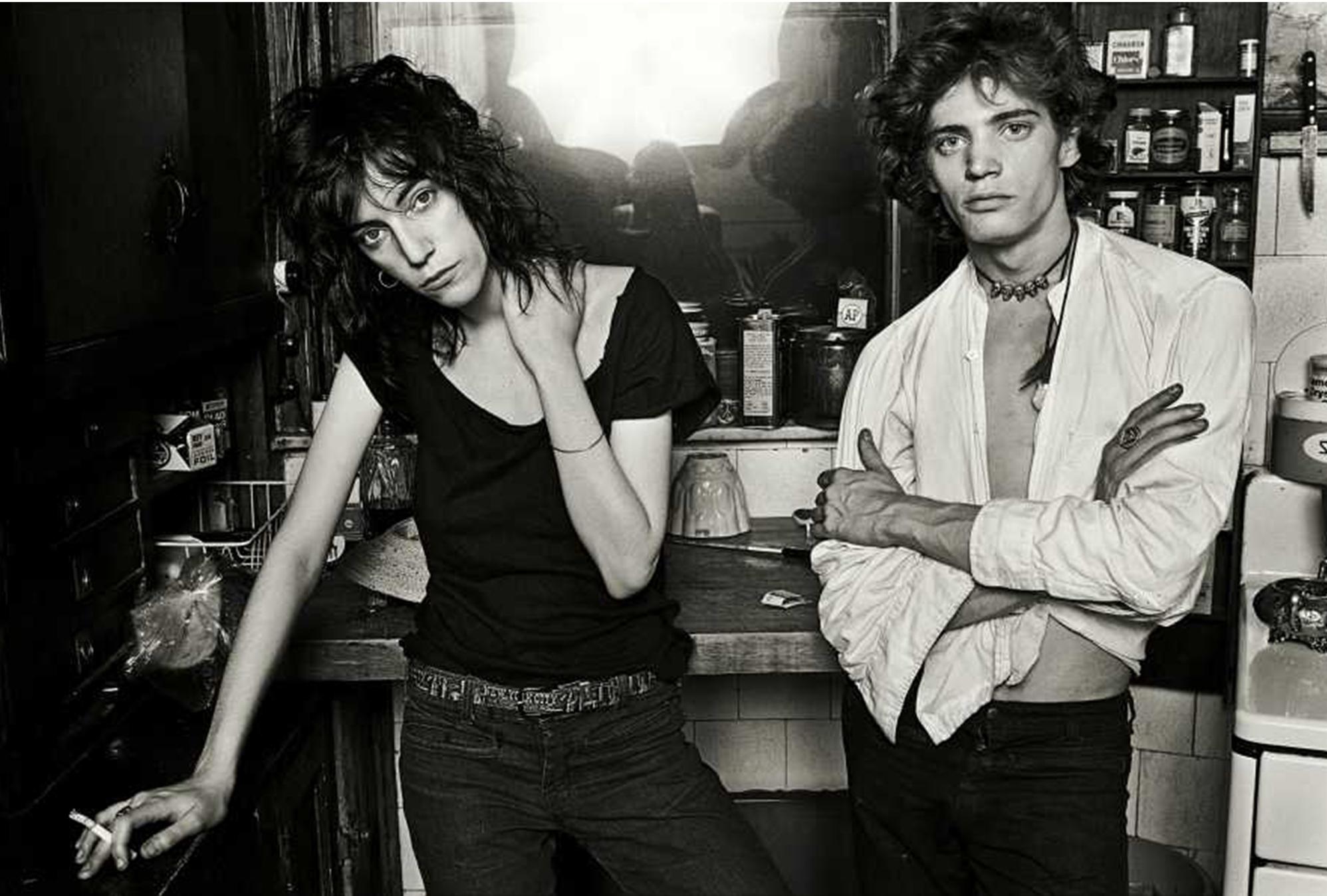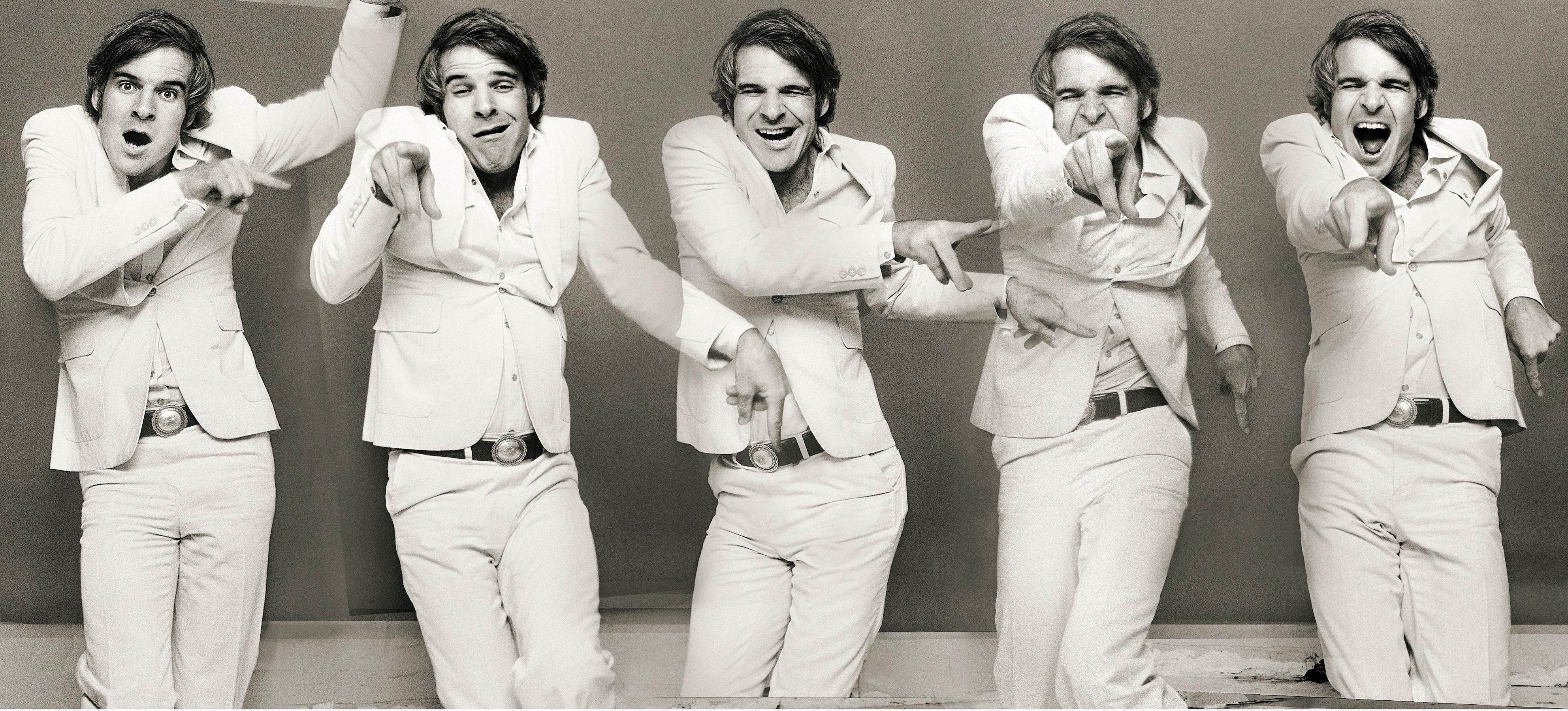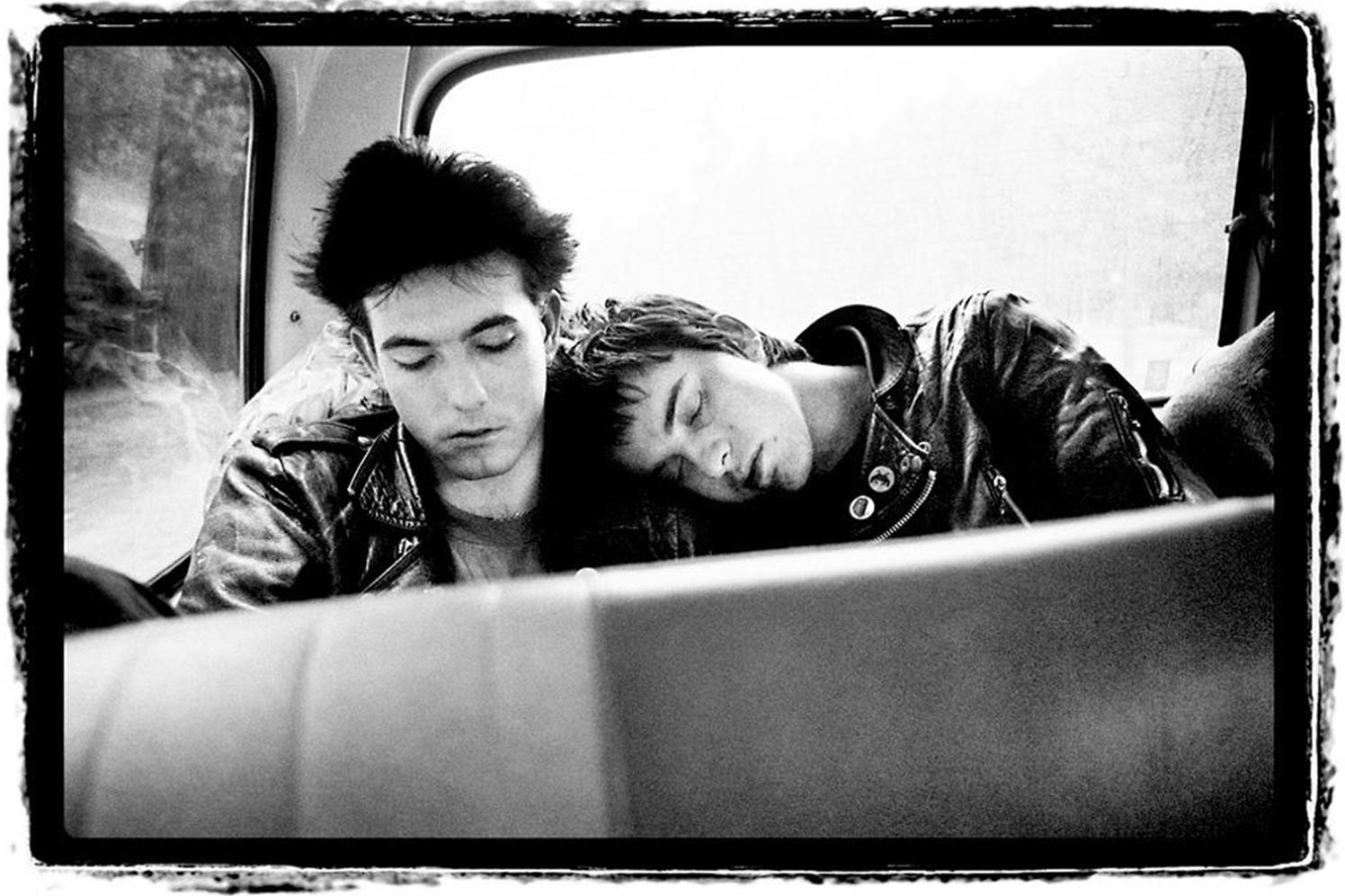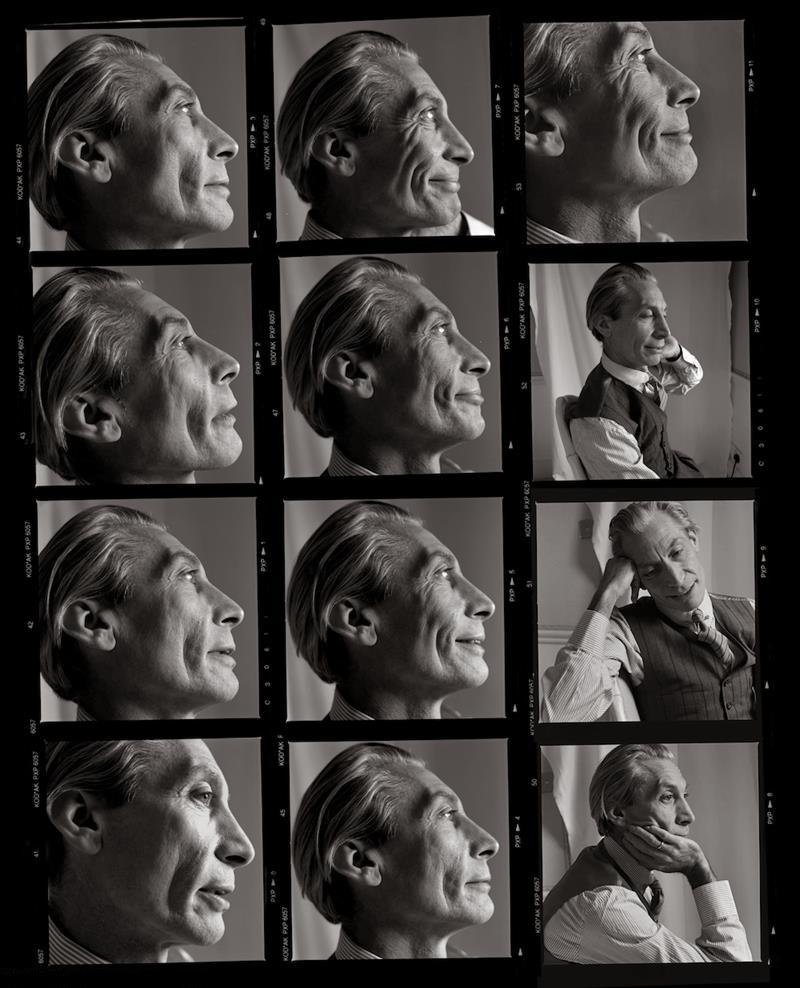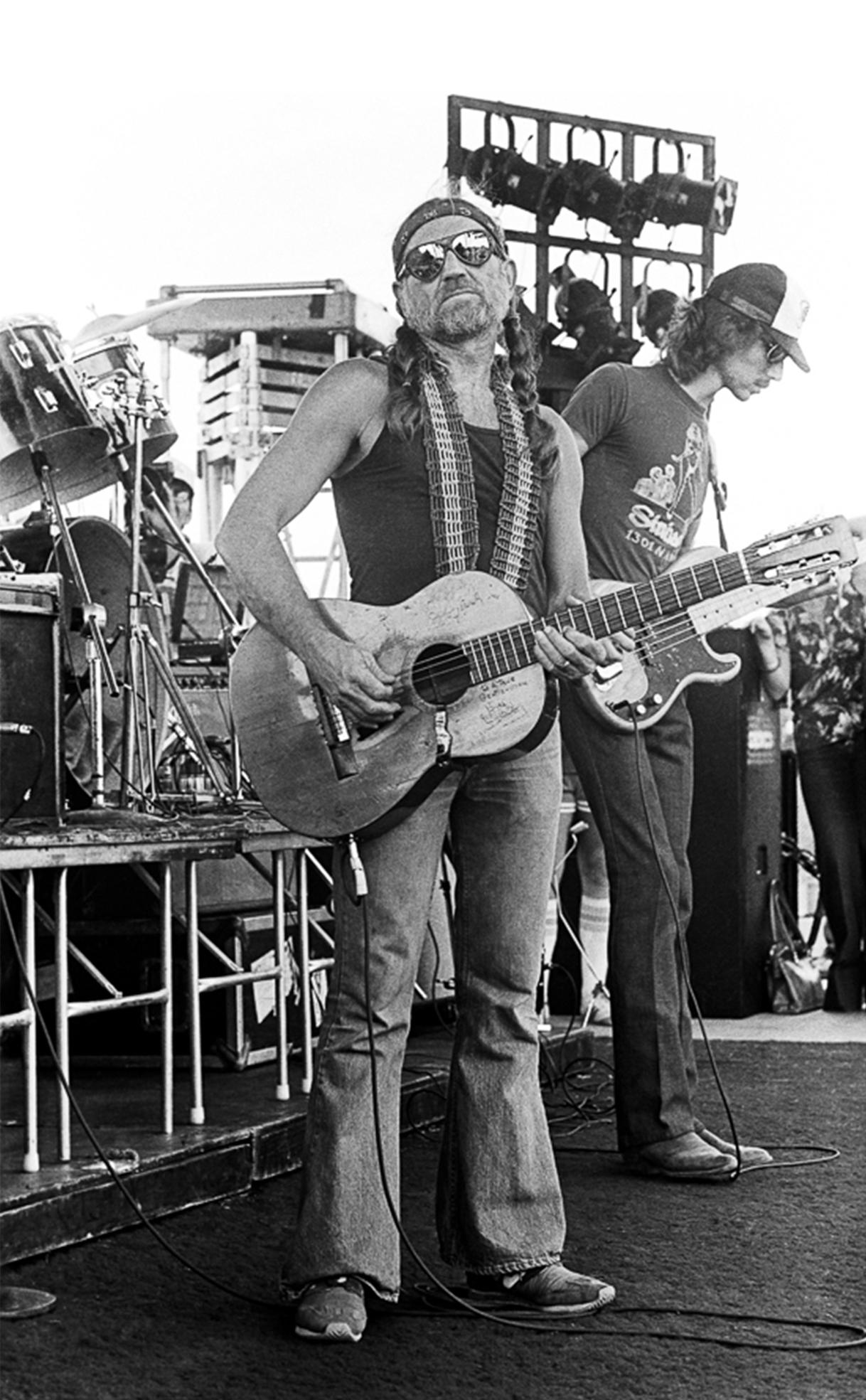Items Similar to La sorella maggiore, Thailand (1959) - Large size Black & White Fine Art Print
Want more images or videos?
Request additional images or videos from the seller
Fabrizio La Torre La sorella maggiore, Thailand (1959) - Large size Black & White Fine Art PrintPrinted Later
Printed Later
About the Item
Artwork # 1 on 5 sold in limited edition in perfect condition
« La sorella maggiore », In a Méo village, Thaïland
This photo was made in 1959, printed later, the negative was digitized during the artist's lifetime and the technical parameters (framing, contrast, light, etc.) was approved by him. This is a very high quality fine art prints on 310 gr/m² Fine Art paper with museum quality pigment inks.
Nothing prepared Fabrizio La Torre for a trip to the Far North of Thailand, to an area into which at the time foreigners were not really advised to venture, where tribal independence was considerable, no doubt justified by the relatively abundant cultivation of opium poppies. But one of his friends, a diplomat at the Italian embassy in Bangkok had talked him into doing him a big favour: the embassy driver had fallen ill and there was no-one to replace him on such a long trip over roads which were not always of the best quality, since only one third of the 700 kilometres to be covered was actually tarmacked. Nonetheless, Fabrizio had accepted enthusiastically, since his own escapades had been limited to Chiang Rai and Chiang Mai and no further. They had made the trip in two days, had stopped in a little village, at the agreed spot, to wait for the guide who was to take them to the village. Another foreigner joined them, a Spanish missionary who had lived for twenty years in China and spoke the dialect of theses tribes. Then, they had travelled a considerable distance before abandoning their car and completing the journey with a climb of several hours on tiny paths lost in the vegetation. Though the Hmong were nomadic, they were perfectly capable of building large, spacious huts of bamboo and thatch, which they easily dismantled when the time came to change camp. In order to welcome the foreign diplomate and his companion, the head of the village had consulted the shaman who had passed the question on to the spirits. The latter seemed perfectly happy. The atmosphere was joyful, festive and friendly which encouraged Fabrizio to bring out his camera and start taking a few photos. And whilst the diplomat and the missionary were talking to the chief, the photographer was able to mingle with the daily life of the tribe, weaving, cooking, caring for the animals and he was much taken with the beauty of the traditional costumes and the silver jewellery with which even the children were covered.
Fabrizio La Torre came and went freely in the village, and, as was his wont, exchanged smiles and signs of friendship with everyone. The group of strangers had been invited to share a meal and delicious smells were already in evidence. However, Fabrizio could not help overhearing that the conversation between the head of the village and the diplomat seemed to be taking an unexpected turn, and becoming distinctly unfriendly shouting. He approached the group,
saw that the head of the village had placed two large brown blocks like large bars of chocolate in front of him, doubtless opium paste, and he seemed to be very angry with the diplomat. The missionary interpreter was doing his best, but tempers continued to rise. At a given moment, the diplomat signalled to the photographer to follow him and they left the village to what sounded suspiciously like a volley of insults in the Hmong dialect. It was only at the bottom of the hill,
breathless because of the speed of the descent, that the diplomat explained: the head of the village had agreed to the meeting, had prepared a feast only because he thought that the Italian was like one of his colleagues from a friendly embassy, who had been there some weeks previously to exchange opium blocks for wads of dollars… Understandably disappointed that there was no deal to be transacted, and unreceptive to the fact that the Italian Republic sent him an emissary who was admittedly friendly but not a dope fiend, the chief promptly dismissed the interlopers. The missionary, a friend of the tribe and speaking their dialect, was the only one to be invited to the feast. And Fabrizio had the time to take some exceptional photos. He had no regrets about this long-ago escapade and he called it to mind still laughing at the misunderstanding.
Fabrizio La Torre (b. Rome 1921 d. Brussels 2014) was an Italian neo-realist photographer working during the period 1950-1960 who left behind a body of work focussing on three specific geographical areas: Italy, North America, which he spent several months visiting in 1955 and Asia where he lived for five years (1956-61).
Fascinated by the task of capturing moments of truth and intimacy which characterise the human condition all over the world, he gives us moments of insight into life which reach out to us bridging time and distance. He holds up to us an affectionate and benign mirror, always knowing, sometimes amused but never mocking.
In 1965, success came knocking at his door: he was offered the possibility of exhibitions and publication but he turned it down for reasons he never fully explained.
The most we can do is note that this was also the time when the immense talent and historical importance of the photographic works, produced a century earlier by his grandfather Enrico Valenziani, were discovered. This may have made him feel he could not compete, particularly as he came from a family which was possessed of multiple artistic talents but in which no-one claimed to be an artist. Perhaps he saw himself as “a photographer” who was just the grandson of one of the founding fathers of Italian photography. Who knows?
In 1970 he closed his archives and gave away his cameras. He ceased to see his photography as an act of creation but merely as a kind of notebook of his many travels for his job.
In 2009 he agreed to re-open his archives and to have his photos restored and digitised. He also permitted the first printed edition of his art photos.
Far from rejecting the switch to digital photography, he welcomed the freedom to render the shades, the tones, the “sfumature” which photo labs in the 1960s saw as “imperfections”, at a time when hyper contrast was the big thing, deep blacks and anaemic whites were all the rage. Fabrizio La Torre’s vision of the world was full of different shades.
The last few years of his life were spent hard at work. He may have been a little unsteady on his legs but there was nothing wrong with his head - memory intact, imparting clear instructions and sharing many reminiscences. With Jean-Pierre De Neef and his technical team he fine-tuned every single print, perfectly willing to start all over again if necessary to achieve what he had intended 50 years earlier when the photo was taken - the desired composition, lighting and contrast.
The exhibitions, the publications, the encounters with his audience came thick and fast: in Paris at the Italian Institute of Culture in 2010, in Brussels at the Ixelles Museum in 2011, followed by the magnificent Retrospective organised in 2014 in the Principality of Monaco. For a year he worked on a daily basis, taking advantage of this major event to give his final instructions. Fate can be cruel: his heart finally gives out just two weeks before the opening of the exhibition which covers 800 square metres. However, he knows he has done what was necessary, he has passed on his instructions which embody his desire to bring to life his photographic achievements which are centred entirely on the human dimension, man’s adventures, his dreams, his fight for a better life.
Beginning in 2017, his curator, François Bayle, assisted by the team at Brussels Art Edition started work on the photos taken by Fabrizio La Torre in Asia during his five year stay in Thailand (1956-61). In November 2018, in Bangkok, a book entitled “Bangkok That Was” was published in English, which brings together these photos and, using the original notes left by the artist, tells the story of his life in Asia and expresses his affection for its people.
An exhibition with the same title took place for two months at the Serindia Gallery. Afterwards Fabrizio’s photos were taken to their permanent home in Bangkok, the cultural venue of the Central Embassy Mall where they are displayed and on sale all year round.
Meanwhile a new exhibition is planned in Bangkok and a new book published based on the pioneering efforts of Fabrizio La Torre in photographing in 1958 in the storerooms of the National Museum in Bangkok the painstaking lacquerwork representations of daily life of the Siamese people two centuries earlier.
At the very beginning of 2020 Jean-Pierre De Neef, François Bayle and their teams were working enthusiastically on two specific projects: the exhibition and the book on the lacquerwork mentioned above and a very fine exhibition planned for 2021 in New York.
Then along came the virus and upset the best-laid plans. The projects have been postponed, in all probability for a year.
In order to continue funding preparations for these two major projects, the high quality art photos, validated by the artist himself before his death, are now on sale.
This is an opportunity for collectors and enthusiasts to acquire the works of an Italian artist of recognised talent whose works are attractively priced before the exhibition in the USA, thus offering the advantage of a very strong potential for growth.
- Creator:Fabrizio La Torre (1921 - 2014, Italian)
- Creation Year:Printed Later
- Dimensions:Height: 41.34 in (105 cm)Width: 27.56 in (70 cm)Depth: 0.12 in (3 mm)
- Medium:
- Movement & Style:
- Period:
- Framing:Framing Options Available
- Condition:
- Gallery Location:Brussels, BE
- Reference Number:1stDibs: LU157029591612
Fabrizio La Torre, who was born in Rome (Italy) on 11 January 1921 and died in Brussels (Belgium) on 27 August 2014, he was an Italian photographer active for a 15 year period in the 1950s–1960s and whose neorealistic and intimistic works are typical of cinema and photography of that time in Italy. La Torre said that “his parents gave him his first camera, a Bakelite body with non-adjustable lens and focus which produced rather strange half format 18x24 millimeter negatives. It was with it that he took his first photos.” Since then, he tried to take pictures at any occasion especially during the different trips he made during his life, “trying to capture the daily life” of the people he encountered.
La Torre justified his "frenzy of travel" as a pretext to flee from the paternal model and the resumption of management of a family estate.
Since the early 1950s and until the late 1960s, La Torre produced less than 10 thousand photos worldwide. After this period, he gave up photography, gave away or sold his cameras, closed his archives and put them away in boxes where they would remain out of sight for 40 years.
In 2009 he agreed to re-open his archives for examination and study and allowed the restoration of a number of negatives. Gradually a first exhibition was prepared, focussing on Rome in the 1950s and ‘60s, “La Vera vita”. By this time he was 90 years old and in failing health. He realised that this was not a time to hold back and decided to cooperate fully in the restoration of his works. He moved to Brussels, in order to benefit from the availability of the technicians and experts which he would need.
In 2014, La Torre worked every day on preparations for his Retrospective in Monaco. He realised that this was his last chance to display his works as he thought best. Two weeks before the official inauguration, he died. His ashes would be placed in the little cemetery of Cap d’Ail next door to Monaco where his parents and his sister were already at rest.
La Torre never tried to only show the beautiful for fear of "making postcard". For him, "there is only the introduction of the human element that protects from looking like a postcard. This is why my naked landscapes are so rare."
Far from the paparazzi, La Torre developed his own style, working alone, ignoring the surprise and amused comments of Roman photographers obsessed with the Via Veneto and its starlets. They did have in common the laboratory to which they took their films, that of the Nannini Brothers in the city centre, two experts in high contrast images and probably the inventors of the concept of "stolen photos", out of focus and slightly grainy to give the impression of privacy revealed.
About the Seller
5.0
Gold Seller
These expertly vetted sellers are highly rated and consistently exceed customer expectations.
Established in 2010
1stDibs seller since 2021
23 sales on 1stDibs
Typical response time: <1 hour
- ShippingRetrieving quote...Ships From: Brussels, Belgium
- Return PolicyA return for this item may be initiated within 14 days of delivery.
More From This SellerView All
- The Canadian Pacific Train (1956-Canada) Large size Black & White Fine Art PrintLocated in Brussels, BEArtwork # 1 on 5 sold in limited edition in perfect condition This photo was made in 1956, the negative was digitized during the artist's lifetime and the technical parameters (fram...Category
1950s Photorealist Black and White Photography
MaterialsArchival Pigment
- Er Fusto, Roma Ciampino Airport (1953) Large size Black & White Fine Art PrintLocated in Brussels, BEArtwork # 1 on 5 sold in limited edition in perfect condition This photo was made in 1953, the negative was digitized during the artist's lifetime and the technical parameters (frami...Category
1950s Photorealist Black and White Photography
MaterialsArchival Pigment
- Mezzogiorno al Pantheon, 1958 - Roma - Large size Black & White Fine Art PrintLocated in Brussels, BEArtwork # 1 on 5 sold in limited edition in perfect condition Mezzogiorno al Pantheon, 1958. At noon, a fountain in the Pantheon Square, work of Giacomo della Porta, (such as so ma...Category
1950s Photorealist Black and White Photography
MaterialsArchival Pigment
- Bambini per la strada, New York (1955) Large size Black & White Fine Art PrintLocated in Brussels, BEArtwork # 1 on 5 sold in limited edition in perfect condition This photo was made in 1955, the negative was digitized during the artist's lifetime and the technical parameters (fram...Category
1950s Photorealist Black and White Photography
MaterialsArchival Pigment
- Gita in famiglia, Thaïland (1957) - Large size Black & White Fine Art PrintLocated in Brussels, BEArtwork # 1 on 5 sold in limited edition in perfect condition This photo was made in 1960, printed later, the negative was digitized during the artist's lifetime and the technical p...Category
1950s Photorealist Black and White Photography
MaterialsArchival Pigment
- The Boeing 377 Stratocruiser (CIA-Roma)Located in Brussels, BEArtwork # 1 on 5 sold in limited edition in perfect condition This photo was made in 1953, the negative was digitized during the artist's lifetime and the technical parameters (fram...Category
1950s Photorealist Black and White Photography
MaterialsArchival Pigment
You May Also Like
- Robert & Patti, New York 1969 “Patti with Cigarette”By Norman SeeffLocated in Austin, USSigned limited edition fine art print of Patti Smith and Robert Mapplethorpe, taken in her kitchen in New York by celebrated photographer and filmmaker, Norman Seeff in 1969. This Patty Smith...Category
Late 20th Century Photorealist Black and White Photography
MaterialsArchival Pigment
- Steve Martin, “Let’s Get Small Sequence” 1974By Norman SeeffLocated in Austin, USAs a renowned graphic designer (with 5 Grammy nominations), Norman Seeff has designed a number of large-scale composites and sequences. Signed limited edition sequence print of comedian Steve Martin...Category
Late 20th Century Photorealist Black and White Photography
MaterialsArchival Pigment
- The Cure 1980 by Jill FurmanovskyBy Jill FurmanovskyLocated in Austin, USSigned limited edition fine art print of The Cure on the road in Holland and Belgium during their 1980 'Seventeen Seconds' tour. Signed and numbered by Jill Furmanovsky in pencil an...Category
Late 20th Century Photorealist Portrait Photography
MaterialsArchival Pigment
- Charlie Watts contact sheet by Jill FurmanovskyBy Jill FurmanovskyLocated in Austin, USSigned limited edition contact sheet print of Charlie Watts, Rolling Stones drummer, taken at the Halcyon Hotel in London in March 1991 by Jill Furmanovs...Category
Late 20th Century Photorealist Portrait Photography
MaterialsArchival Pigment
- Willie Nelson at the 4th July Picnic 1979Located in Austin, USWillie Nelson, taken at the 4th July Picnic in 1979 in Austin Texas by photographer Scott Newton Signed limited edition print, printed on heavyweight cotton ...Category
21st Century and Contemporary Photorealist Portrait Photography
MaterialsArchival Pigment
- Willie Nelson playing chessLocated in Austin, USWillie Nelson, taken at Willie's WHQ, Luck TX 2001 by Austin based photographer Scott Newton Signed limited edition print, printed on heavyweight cotton ...Category
21st Century and Contemporary Photorealist Portrait Photography
MaterialsArchival Pigment
Recently Viewed
View AllMore Ways To Browse
Vintage Black Jewelry
Black Vintage Jewellery
Bamboo Black
La Period
Vintage White China
Black Front Door
Black Owned Vintage Jewelry
Brown And White China
Vintage La Book
White Front Door
Light Switch Art
Black Long Mirror
White Paste
Vintage Camping Art
La Conversation
Large Black Vintage Mirror
Large Vintage Black Mirror
Vintage Childrens Book Art
